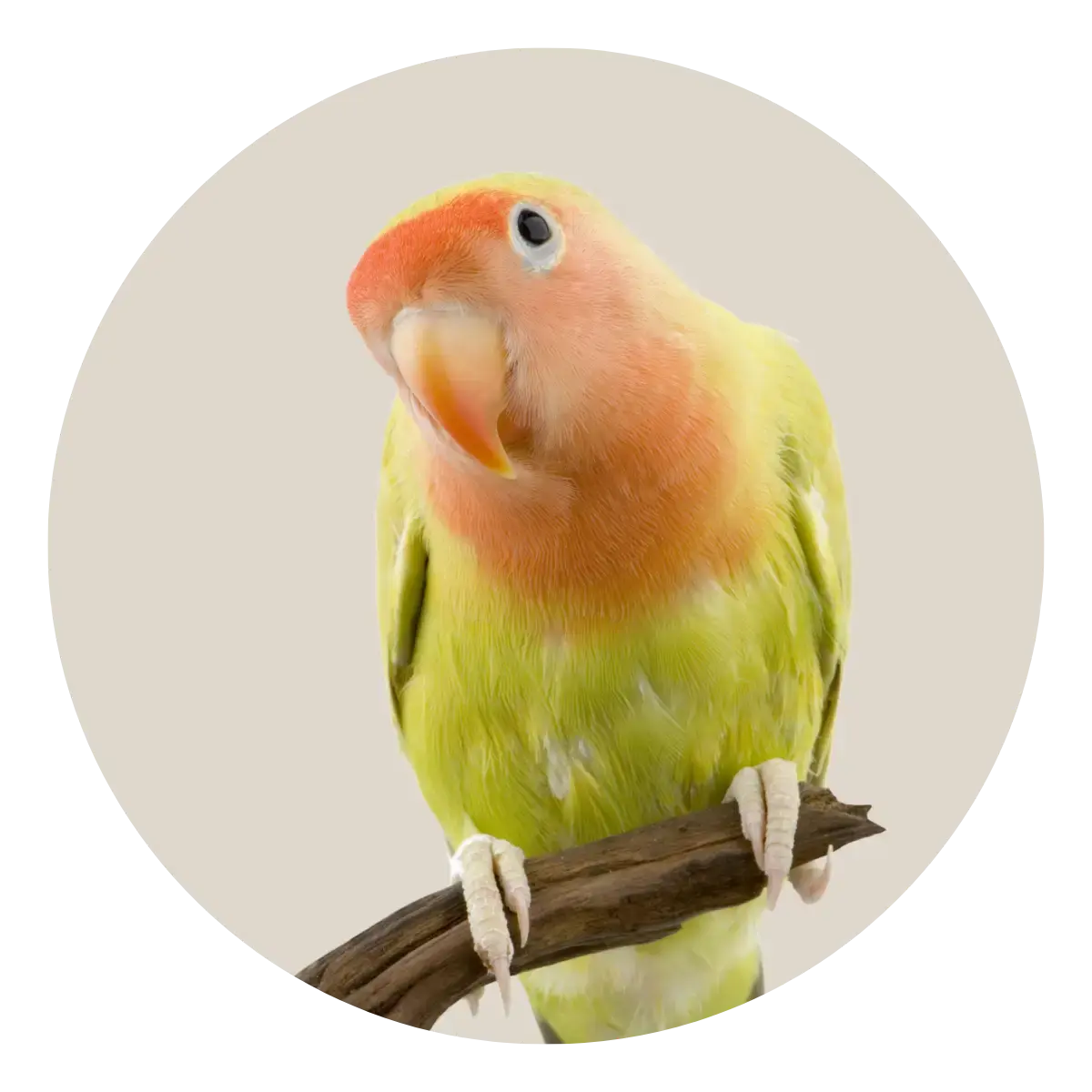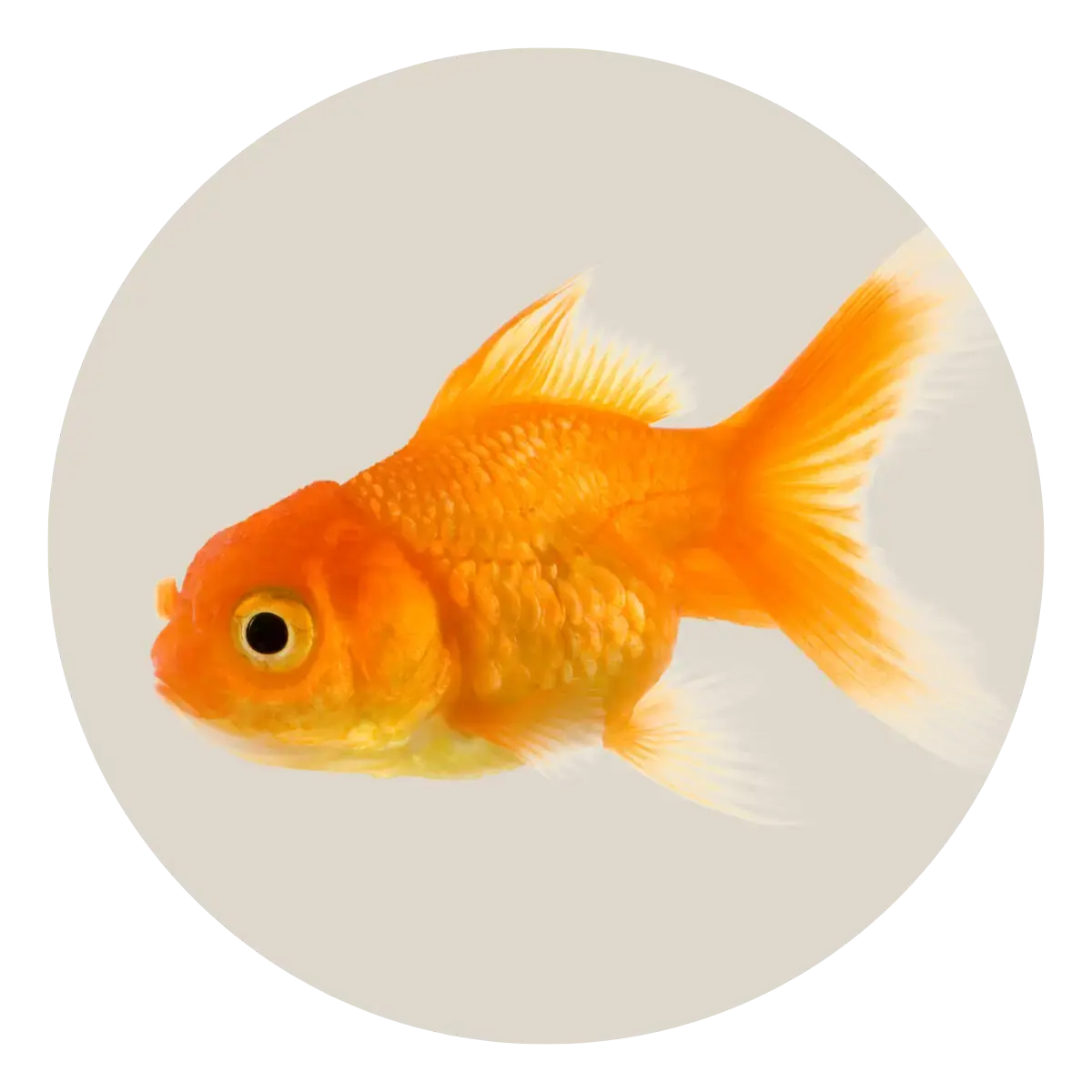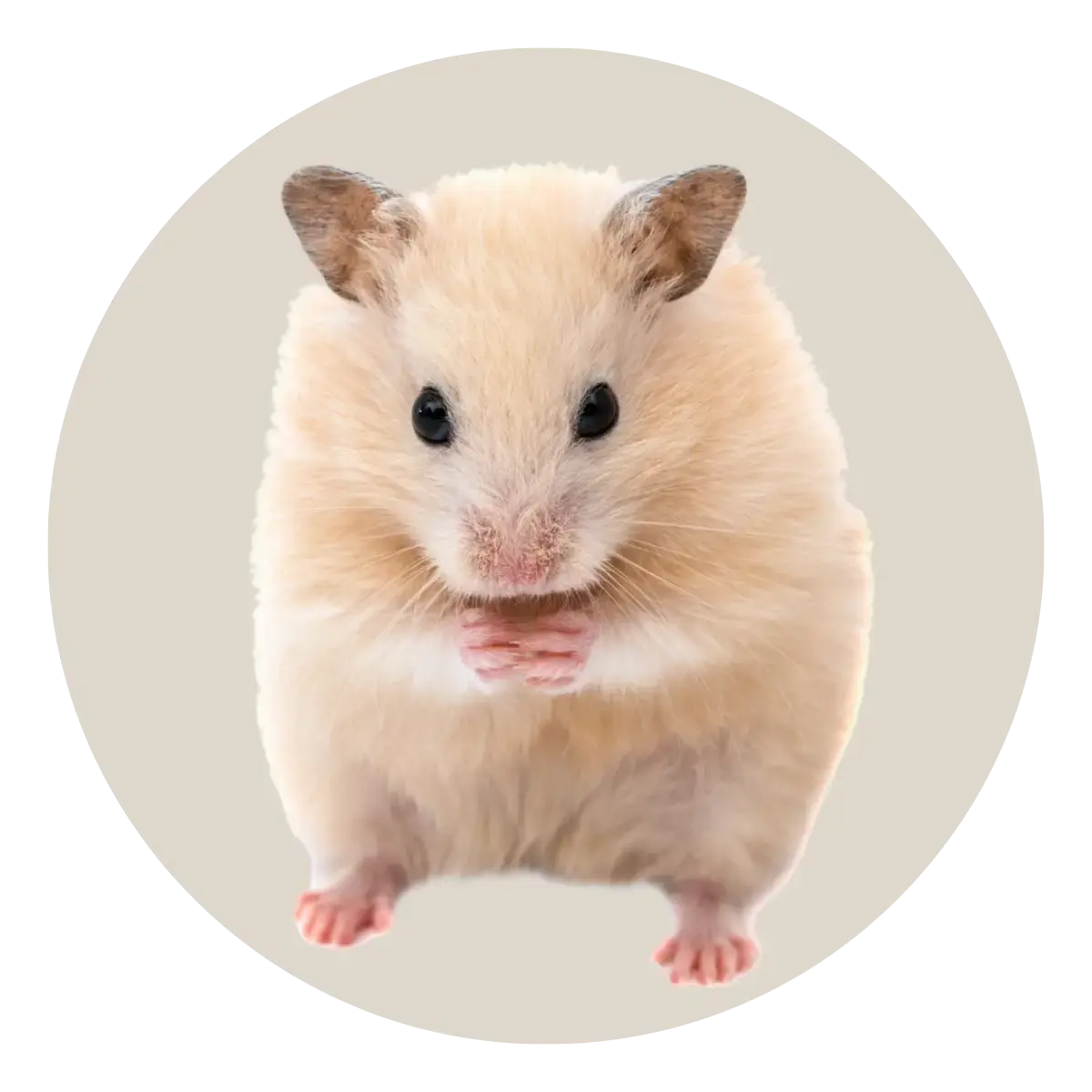Have you ever wondered why your cat kneads you with their paws? This charming behaviour, known as "kneading," is not only adorable but also deeply rooted in your cat's instincts and emotions. Join us as we explore the fascinating world of kneading and uncover the secrets behind this delightful feline behaviour.
The Origins of Kneading:
Kneading is a behaviour that begins in kittenhood, when newborn kittens instinctively knead their mother's belly to stimulate milk flow during nursing. This rhythmic motion, accompanied by gentle purring, creates a sense of comfort and security for both the mother cat and her kittens.
As cats grow older, they often continue to knead objects and surfaces as a comforting and self-soothing behaviour. While the need for milk may no longer be present, the act of kneading remains deeply ingrained in your cat's instinctual repertoire.
The Science Behind Kneading:
While the exact reasons behind kneading behaviour are not fully understood, there are several theories that help shed light on this endearing feline habit:
1. Comfort and Security: Kneading may serve as a way for cats to recreate the comforting sensation of nursing from their mother. The rhythmic motion of kneading, coupled with the release of endorphins in the brain, can create a sense of relaxation and contentment for your cat.
2. Territory Marking: Cats have scent glands located in their paw pads, which release pheromones when they knead. This behaviour may serve as a way for cats to mark their territory and establish a sense of ownership over their surroundings.
3. Stretching and Exercise: Kneading can also provide a form of gentle exercise for your cat's muscles, helping to keep them limber and healthy. The repetitive motion of kneading allows cats to stretch their paws, shoulders, and back, promoting flexibility and mobility.
4. Bonding and Affection: When your cat kneads you with their paws, they may be expressing their love and affection for you. Kneading is often accompanied by purring, headbutting, and other signs of contentment, indicating that your cat feels safe and secure in your presence.
How to Encourage and Respond to Kneading:
If your cat enjoys kneading, you can encourage this behaviour by providing soft, comfortable surfaces for them to knead, such as a plush blanket or a cozy lap.
When your cat kneads you with their paws, take it as a compliment and respond with love and affection. You can pet your cat gently and speak to them in soothing tones, reinforcing the positive association between kneading and bonding with you.
Kneading is a fascinating and endearing behaviour that speaks to the deep emotional connection between cats and their human companions. Whether your cat kneads you, a favorite blanket, or a soft pillow, cherish these moments as a testament to the love, trust, and comfort that your furry friend brings into your life.
By understanding the origins and significance of kneading behaviour, you can deepen your bond with your cat and create a harmonious and enriching environment for them to express themselves freely. So the next time your cat starts making biscuits, sit back, relax, and enjoy the zen of kneading together.






